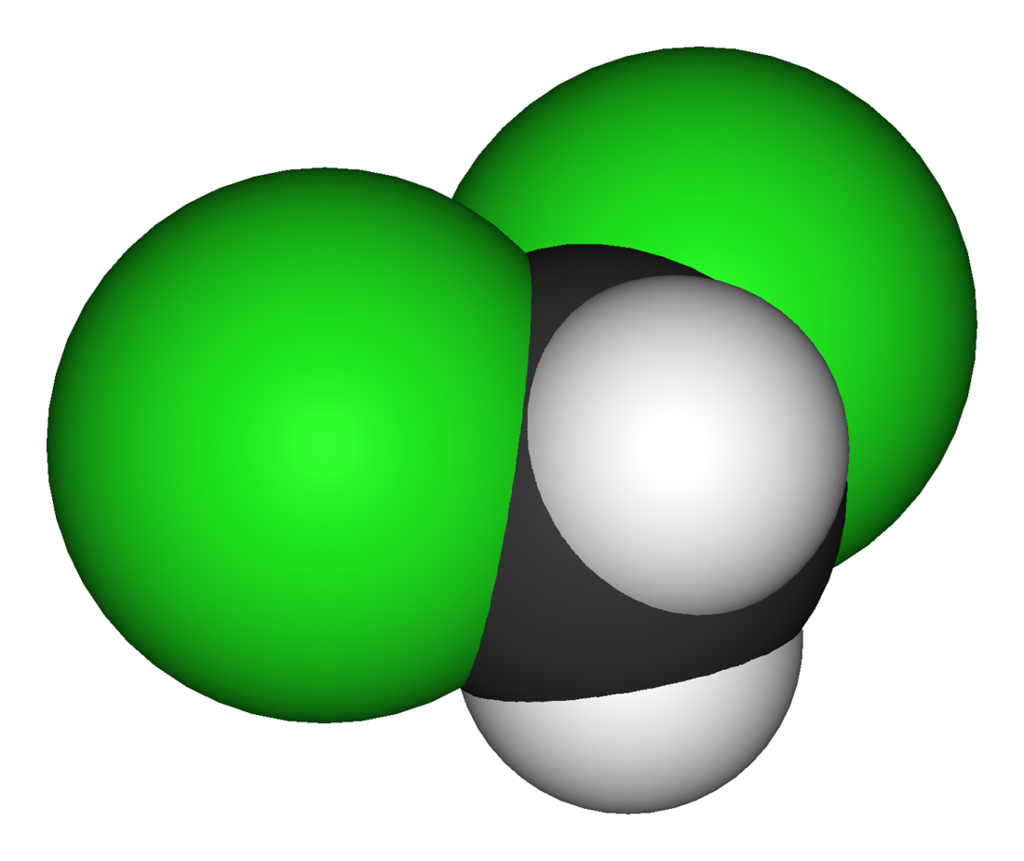Team:Oxford/ouridea
From 2014.igem.org
| Line 27: | Line 27: | ||
<br> | <br> | ||
| - | <p | + | <p> |
[[File:OxiGEM_DCM.png|300px|right|alt text]] | [[File:OxiGEM_DCM.png|300px|right|alt text]] | ||
| - | |||
| - | + | Chlorinated solvents are indispensable to industry, research and household applications. Their accumulation in water supplies and carcinogenic properties present a major environmental and health hazard. OxiGEM are tackling the issue by developing a bioremediation/detection kit to dispose of the common chlorinated solvent dichloromethane (DCM). Our system design, inspired by the DCM-degradation pathway of M. extorquens DM4, is initiated and refined by the dialogue between modeling simulations and experimental data. Incorporation of novel diffusion-limiting biopolymeric beads to encapsulate engineered bacteria ensures safe and efficient DCM degradation. We are constructing a synthetic fluorescent biosensor through GFP fusion to the dcmA promoter, regulated by the DCM-binding protein, DcmR, and maximising the sensitivity and catalytic efficiency of the system through directed evolution Our DCM clean-up solution, branded ‘DCMation’, will be user-friendly in a wide range of workplaces and extendable to the disposal of many other harmful substrates. | |
In order to adequately design, develop, and characterise our DCMation system, we have divided the project into four parts. For the extensive modelling aspects of our project, please see the relevant ‘modelling’ tabs. | In order to adequately design, develop, and characterise our DCMation system, we have divided the project into four parts. For the extensive modelling aspects of our project, please see the relevant ‘modelling’ tabs. | ||
Revision as of 13:30, 22 August 2014


Chlorinated solvents are indispensable to industry, research and household applications. Their accumulation in water supplies and carcinogenic properties present a major environmental and health hazard. OxiGEM are tackling the issue by developing a bioremediation/detection kit to dispose of the common chlorinated solvent dichloromethane (DCM). Our system design, inspired by the DCM-degradation pathway of M. extorquens DM4, is initiated and refined by the dialogue between modeling simulations and experimental data. Incorporation of novel diffusion-limiting biopolymeric beads to encapsulate engineered bacteria ensures safe and efficient DCM degradation. We are constructing a synthetic fluorescent biosensor through GFP fusion to the dcmA promoter, regulated by the DCM-binding protein, DcmR, and maximising the sensitivity and catalytic efficiency of the system through directed evolution Our DCM clean-up solution, branded ‘DCMation’, will be user-friendly in a wide range of workplaces and extendable to the disposal of many other harmful substrates.
In order to adequately design, develop, and characterise our DCMation system, we have divided the project into four parts. For the extensive modelling aspects of our project, please see the relevant ‘modelling’ tabs.
 "
"
